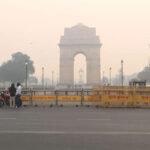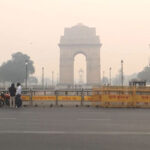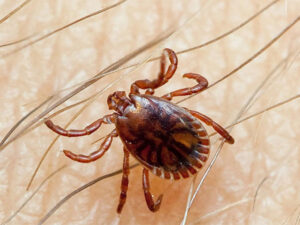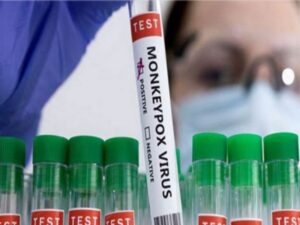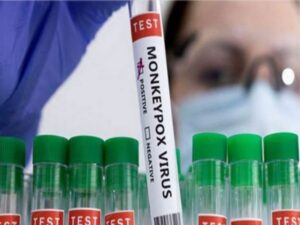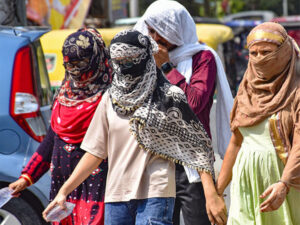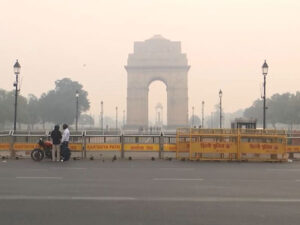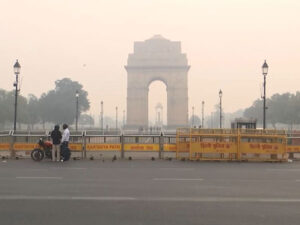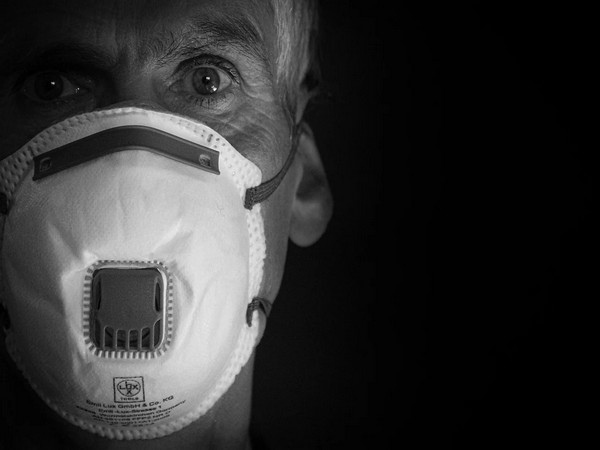
Philadelphia [US], January 18 (ANI): A new study comparing the incidence of sudden deaths occurring outside the hospital across New York City’s highly diverse neighbourhoods with the percentage of positive SARS-CoV-19 tests found that increased sudden deaths during the pandemic correlate to the extent of virus infection in a neighbourhood.
The analysis appears in Heart Rhythm, the official journal of the Heart Rhythm Society, the Cardiac Electrophysiology Society, and the Pediatric & Congenital Electrophysiology Society, published by Elsevier.
“Our research shows the highly diverse regional distribution of out-of-hospital sudden death during the COVID-19 pandemic surge and follows the geographic distribution of seroconversion to SARS-CoV-2 in New York City,” explains lead investigator Stavros E. Mountantonakis, MD, FHRS, Northwell Health-Lenox Hill Hospital, Department of Cardiac Electrophysiology, New York, NY, USA.
“This finding adds to the previously reported association between out-of-hospital sudden death and COVID-19 presumed deaths and further supports an association between out-of-hospital sudden death and SARS-COV-2 epidemiologic burden.”
The investigators collected results of all antibody tests reported to the New York City Department of Health between March 3 and August 20, 2020, for all New York City zip codes, excluding eight commercial districts. New York City requires mandatory reporting of all tests.
Data from March 20 to April 22, 2020, during the height of the pandemic, were obtained from the Fire Department of New York City on the number of patients pronounced dead at the scene from sudden cardiac arrest, the classification the Department uses for out-of-hospital sudden death.
For comparison, they collected data for the same period in 2019. Census data were used to examine the possible influence of factors including age, race, access to medical insurance, education, and immigration status.
The investigators found that sudden death during the pandemic varied widely among neighbourhoods and there was a moderate positive association between the rate of sudden death in a neighbourhood and the percentage of positive antibody tests to SARS-CoV-2. The rate of sudden death in 2019 was also predictive of increased sudden deaths in a neighbourhood during the first pandemic surge in New York City.
The investigators note that it is unclear whether this association is causative, or if there are factors that affect the geographic distribution of sudden death and SARS-CoV-2 infection similarly.
Dr. Mountantonakis observes, “The epidemiological data is a direct surrogate of viral burden and indirectly associated with people dying suddenly at home. It remains to be seen whether this is due to cardiac complications related to the virus or poor access to healthcare in neighbourhoods that suffered the most during the first wave of the COVID-19 pandemic.”
These findings emphasize the importance of preserving access to healthcare, especially in neighborhoods that suffered disproportionally in the first COVID-19 pandemic wave.
Writing in an accompanying editorial, John R. Giudicessi, MD, PhD, Department of Cardiovascular Medicine, Mayo Clinic, Rochester, MN, USA, notes that regardless of the ultimate breakdown between direct and indirect effects of COVID-19 on out-of-hospital sudden death incidence, the precipitous rise in New York City and other metropolitan areas is indisputable.
“It appears increasingly likely that most areas will have to endure one or more additional surges before the benefits of vaccination efforts take hold,” he comments.
“There is hope that maintaining safe access to routine and emergency health services, avoidance of ineffective treatment strategies, and improvements in how COVID-19 patients are monitored and treated in the outpatient setting may help reduce the incidence of out of hospital cardiac arrest and death.” (ANI)
